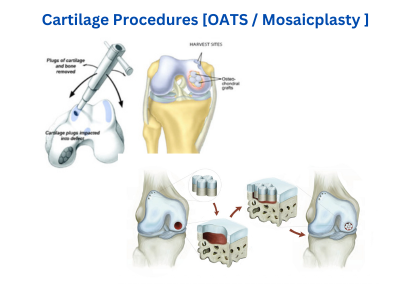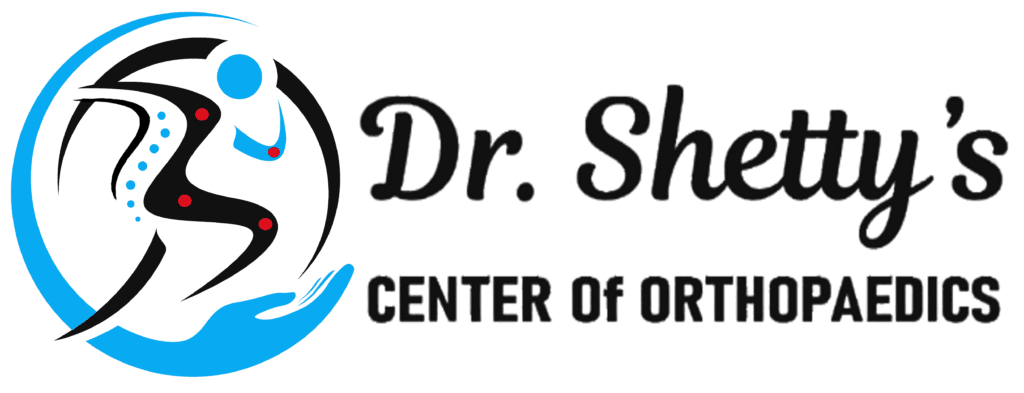Dr. Akshay Shetty Orthopaedics
Cartilage Procedures
Cartilage Procedures [OATS / Mosaicplasty]
Articular cartilage is a firm, rubbery cushion-like material that covers the ends of bones in the knee joint. It prevents friction and rubbing of adjacent bones against each other in the joint and acts as a “shock absorber.” When cartilage becomes damaged or deteriorates, it limits the knee’s normal movement and can cause significant pain. If damaged cartilage is not treated, it can worsen and eventually lead to wear and tear (arthritis) and may require knee replacement surgery.

Who are the candidates for Cartilage Procedures??
Young individuals who have damaged their cartilage during any sport activity and Osteochondritis Dessicans (OCD)
People who have already developed arthritis in their knees are not candidates for this procedure.
Types of Cartilage Procedures??
The ability of the cartilage tissue to heal on its own is questionable because it does not contain blood vessels, and bleeding is necessary for healing. The damaged cartilage can either be regenerated by encouraging new cartilage growth or replaced by cartilage replacement procedures. The choice of cartilage procedure to be used is dependent on the dimensions of the cartilage damage area.
- The cartilage regeneration procedure involves knee microfracture using a miniature arthroscopic awl, which clears out the damaged cartilage and helps in the downpour of stem cells from the subchondral bone into the damaged cartilage area, forming a superclot.
- Cartilage Replacement Proceedure.
Osteochondral Autograft Transfer System (OATS) is a surgical procedure for cartilage transfer that involves harvesting small-diameter cartilage and bone cylinder plug grafts (less than 1 cm) from the non-weight-bearing areas of the knee to the articular cartilage defects in the same knee and securing them in place by press-fit. When more than one plug is used to treat a single cartilage defect, the procedure is called mosaicplasty. The surgery is usually done arthroscopically.
OATS is a procedure employed for medium-sized areas of discrete damage, while mosaicplasty is employed for even larger but discrete areas of damage.
